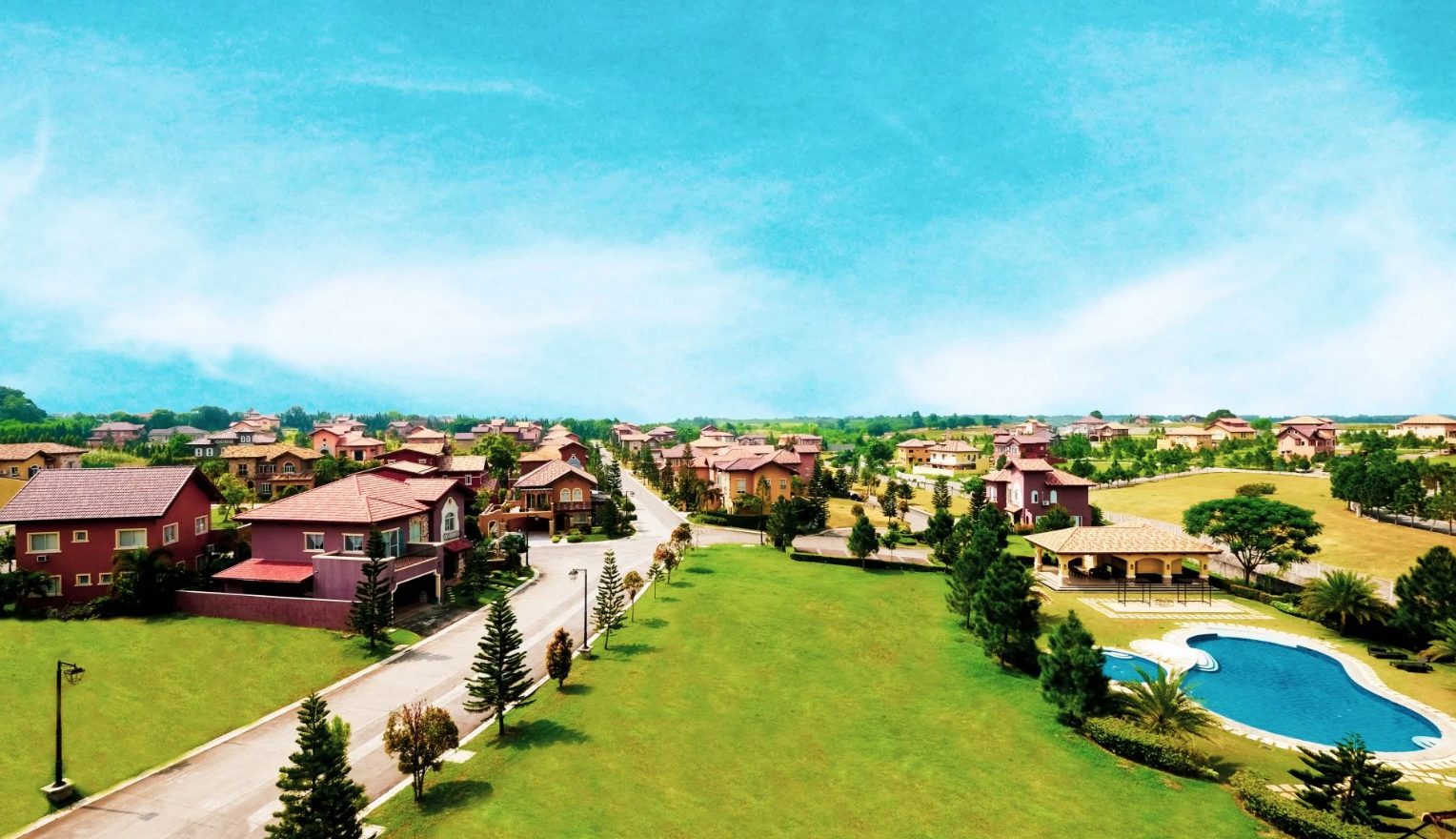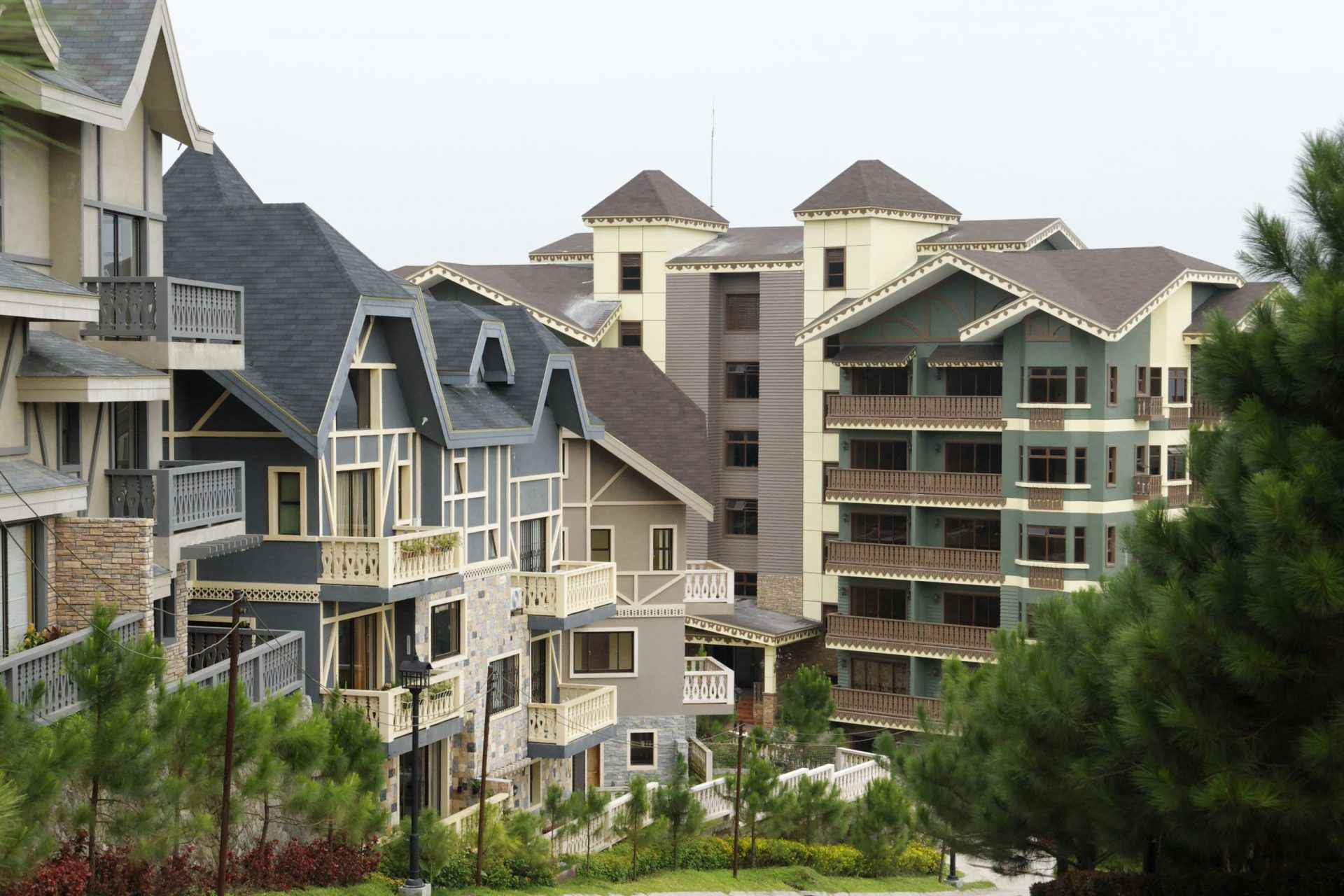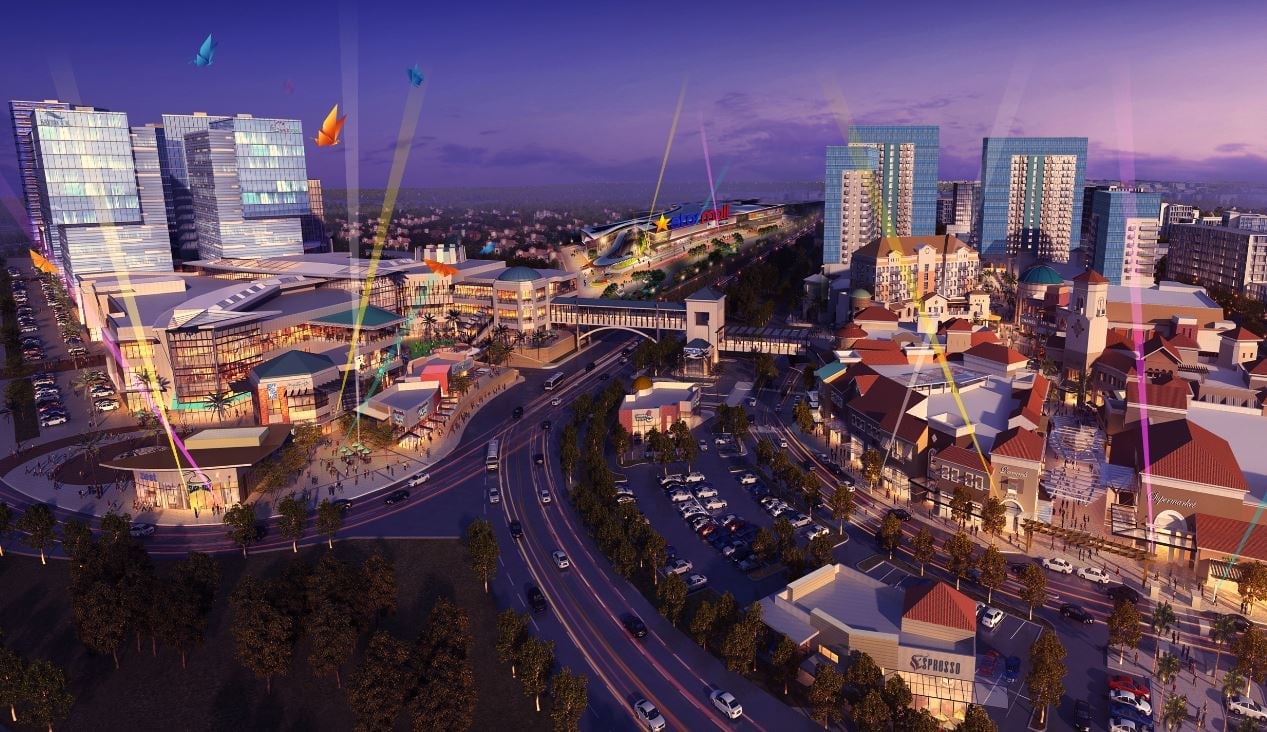BLOGS
Metro Manila Cost of Living Remains Stable
Metro Manila is the Philippines’ capital region for economy, culture, and politics. It is formally known as the National Capital Region (NCR) which consists of 16 cities and one municipality including the country’s business districts such as Manila, Quezon City, Makati, Pasay, Parañaque, Muntinlupa and Taguig City. Needless to say, Metro Manila is the best place for work, education, travel, and leisure opportunities in the Philippines.
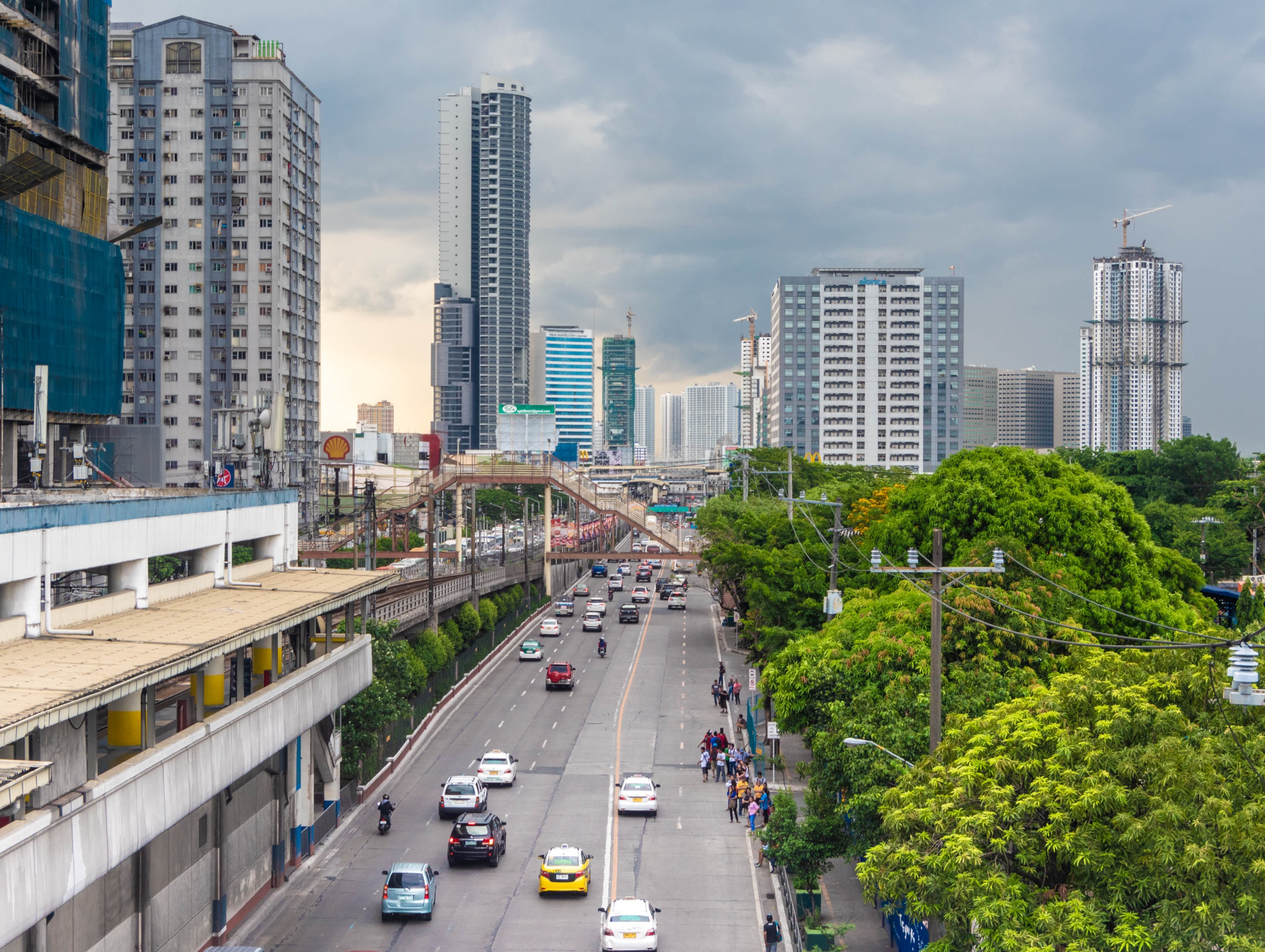
Internal migration is common in the Philippines. According to 2018 National Migration Survey (NMS 2018), 49% of Filipinos have experienced moving within the country. Despite the rural development projects in the country, there is no doubt that the best opportunities are still in the capital region up to this day.
This is why many Filipinos from the provinces decide to be internal migrants and flock to Metro Manila with the hopes of having a better education and work experience, and eventually improve their quality of life. However, a lot of internal migrants fail to realize that dwelling in the country’s capital region comes with a higher cost and standard of living.
Living in the Philippine’s Capital Region
Metro Manila ranks third in the list of the most expensive Southeast Asian (SEA) cities to live in, next to Singapore and Bangkok. This is from a report published by data aggregator iPrice Group in 2021 who also revealed that the estimated cost of living as a resident in Metro Manila reaches up to P50,800 per month for a single individual. This is a devastating amount compared to the estimated average salary being received by common laborers in the region which is only P18,900 per month—one of the lowest among SEA cities.
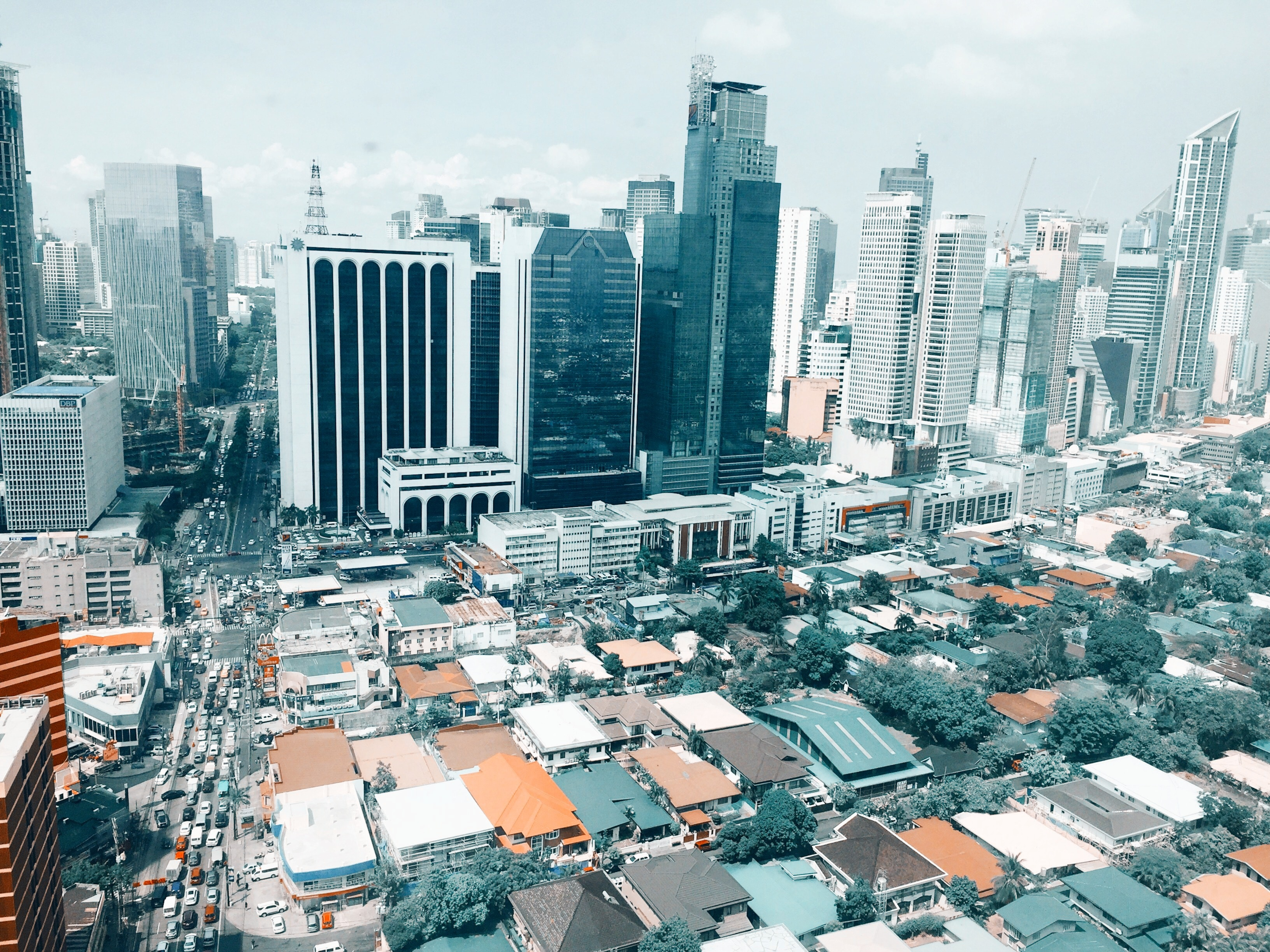
As of May 2022, the Department of Labor and Employment (DOLE) announced that the minimum wage for laborers in Metro Manila has been adjusted to P570 per day for non-agricultural sector and P533 to the agricultural sector. This is a P33 increase from the last adjustment back in 2018. As for the laborers in the rural areas, minimum wage remains to be less than P400 depending on the region.
Compared to rural areas, the price of basic commodities such as rent, food, and transportation is higher in Metro Manila. Despite having a job that pays higher than the opportunities available in the provinces, one’s expenses while living in a metropolitan area is expected to cost more such as housing as the real estate market is more competitive especially the homes in the business districts.
Price Movements during the Pandemic
Fortunately, even with the economic crisis happening all over the world because of the pandemic, price changes in basic commodities have balanced out which made the Metro Manila cost of living to remain stable as reported at the end of 2021.
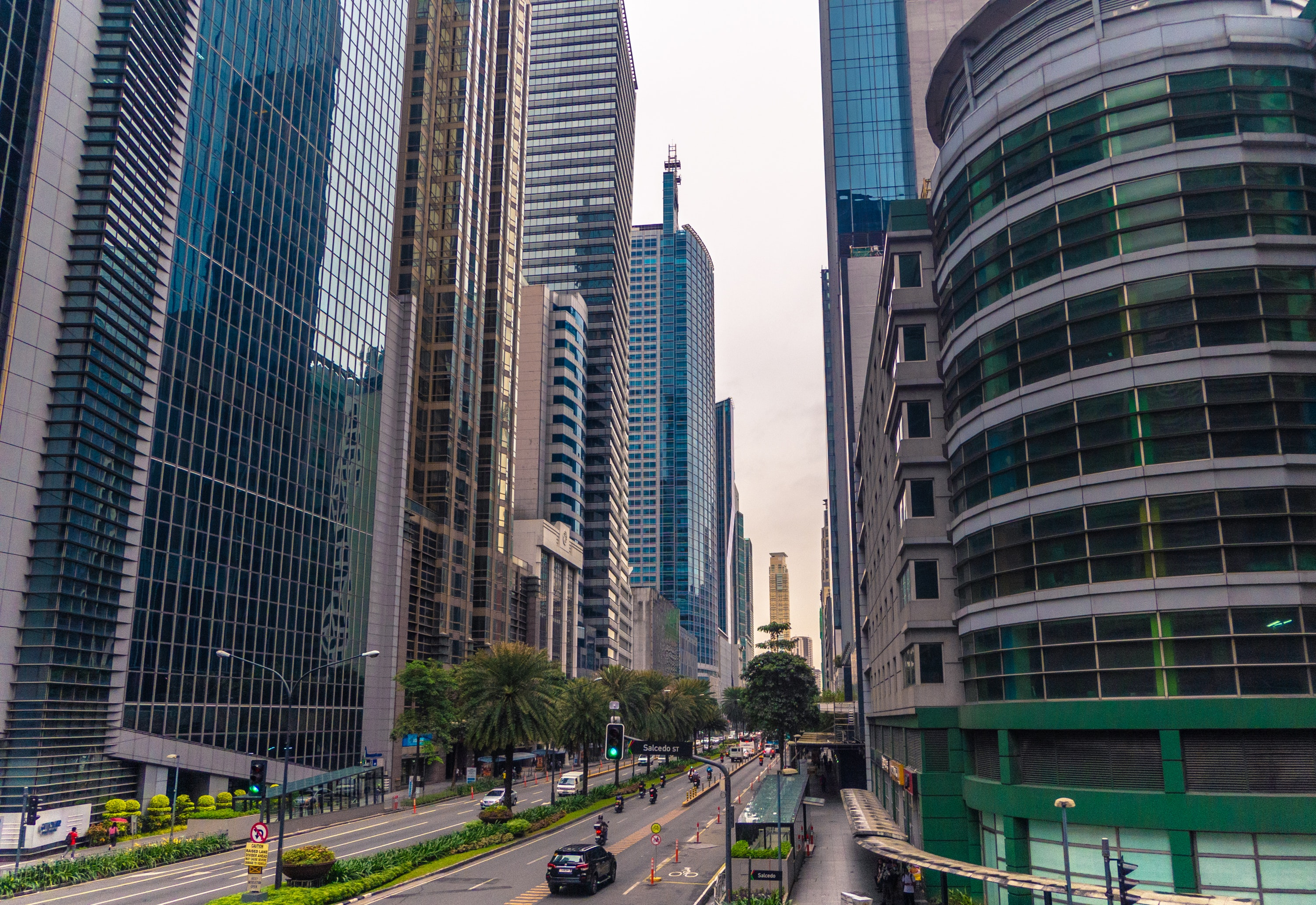
The Worldwide Cost of Living 2021 Index by The Economy Intelligence Unit’s (EIU) in UK revealed that the Metro Manila cost of living went down two places to 84th compared to being 82nd in 2020. As a result, the cost of living in the Philippines’ capital region showed little to no significant movements despite of several price hikes in basic commodities within the year.
The said index is calculated by finance managers and human resources managers to determine the estimated cost of living in different countries to give business travelers and expatriates idea of a suitable compensation package. The computation considers the cost of basic commodities such as rent, food, drink, transportation, utilities, schooling, recreational activities, and other household supplies. Furthermore, when operating in a variety of industry markets, businesses can use it as a reference for pricing consumer goods and other commodities.
In the past year, prices for many household supplies, utilities, and recreation saw a significant increase. On the other hand, prices for grocery items and clothing went down. These movements on pricing have balanced out the computation for the estimated cost of living in Metro Manila according to the head of EIU’s Worldwide Cost of Living Index, Upasana Dutt.
Michael Ricafort, chief economist at the Rizal Commercial Banking Corp. (RCBC), has the same observation. Even with the increase of energy and food prices, it was still evened out by the dip in prices of property rental rates and capital values because of the still ongoing pandemic.
Balancing Income and the Prices of Basic Commodities
To put it simply, Metro Manila cost of living shows the estimated amount of resources needed to pay for necessary expenses by an individual in order to sustain a certain standard of living in the capital region. The estimate is being computed by analysts by taking into account the prices of basic commodities such as, but not limited to, food, drink, housing, education, healthcare, gas or transportation, utilities, and other indispensable household expenses. Some estimates include a little luxury by adding allowances to be used for recreation and entertainment.
Food

According to MUFG Global Markets Research, Philippines is one of the countries in Asia that has a fast food price increase with an estimate of by 8.2% hike from July 2020 to January 2022. The Food and Agriculture Organization (FAO) of the United Nations observed a food price index of 45% within the same period.
Food price increases are caused by a variety of factors. Aside from the pandemic, the most recent driver of food pricing is the ongoing conflict between Russia and Ukraine that heavily affects the gas prices all over the world. As of March this year, the FAO revealed that the food price index increased to 17% due to the supply disruptions and shortages as Russia invades Ukraine.
The fuel price increase creates an extra expense, Russia being one of the primary drivers in the fuel industry, which causes a domino effect to other industries that support people’s daily needs. Fuel is an important factor in transporting food products and the crisis needs to be compensated by an increase in prices.
During this time of crisis in fuel supply, living in rural areas has its advantages. Despite the lower minimum wage in the area, the majority of raw food products like vegetables, crops, fruits, livestock, and fish will not experience much of an increase as transport is not much of a problem compared to urban areas.
Since the Philippines has an archipelagic design, the transport of food products is more challenging. Fuel and labor costs are major factors that add up to the food prices.
Typhoons and other natural disasters are an additional factor that frequently have an effect on the cost of food in the Philippines. It is estimated that the nation is hit by an average of twenty typhoons and storms of varying intensities each year. This has a negative impact on the nation’s ability to produce food because farmers and fishermen are unable to harvest their crops and sell the raw materials they produce. Even worse, some of them are even destroyed by these storms and typhoons, which ultimately leads to a crisis in the supply of food.
Transportation and Utilities
Even without the ongoing fuel supply crisis in the world at present time, high cost of gas and transportation has always been a heavy burden for the Filipinos especially for the people living in the metro. Commuting in the Philippines is an unpleasant task since public transportation is not sufficient and efficient enough to serve the huge population of commuters everyday—even before the pandemic.
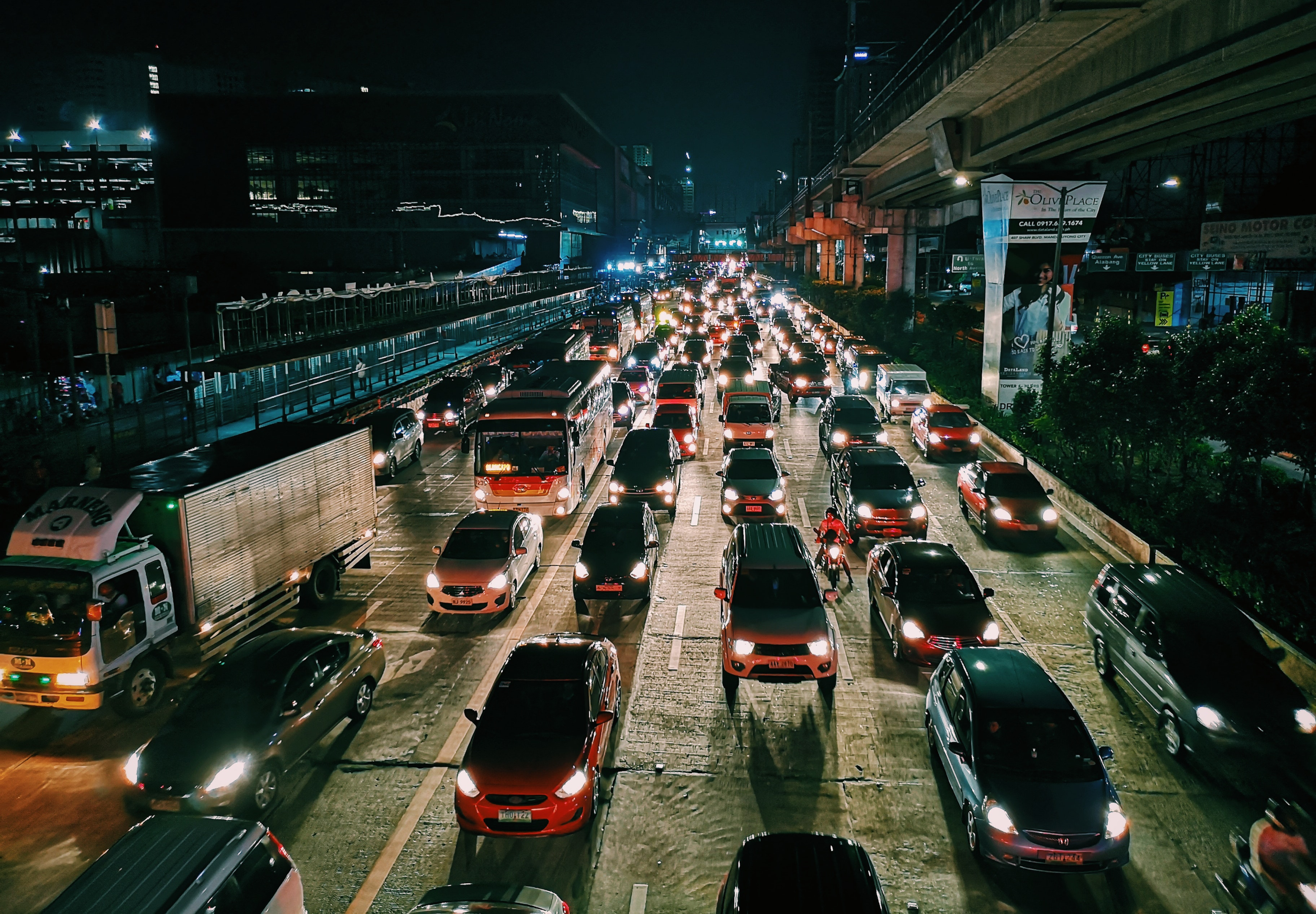
As the economy slowly recovers from the global crisis and return-to-office set-up is being mandated by majority of businesses, Filipinos find it much harder to commute according to a survey conducted by Social Weather Stations (SWS) in 2021.
Likewise, those who can afford to use a private vehicle going to and from work also carry the heavy cost of fuel. Not to mention its contribution to the heavy traffic that is plaguing the nation. Amsterdam-based location technology company TomTom International B.V. reported that Manila, Philippines ranks the fourth most congested city in the world despite being on a series of lockdowns at the height of the pandemic.
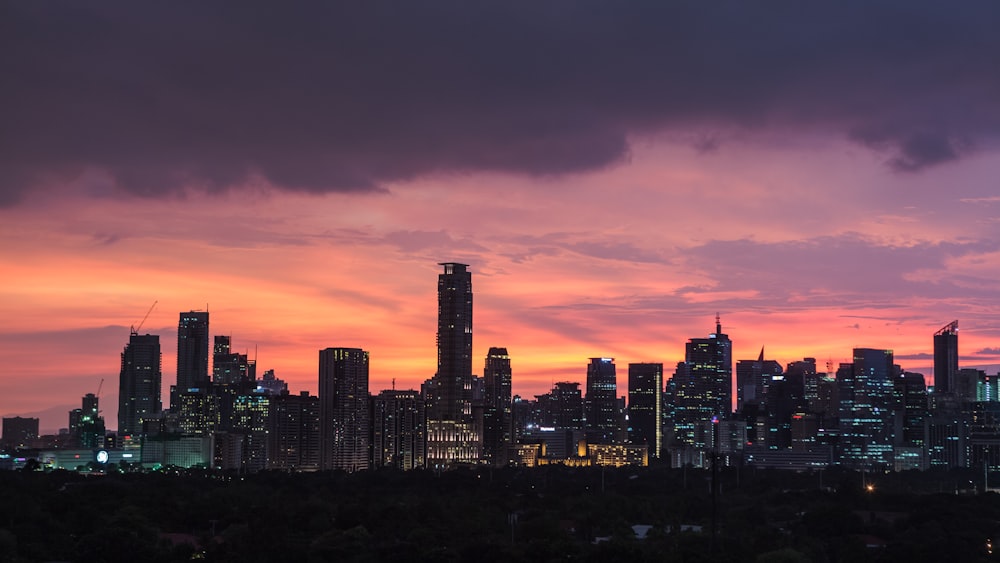
Aside from the issue of transportation, the cost of basic household utilities like electricity and water is also close to the top of the list of expenses that are included in the calculation of the estimated cost of living in Metro Manila.
here have been a number of adjustments made to the rates of the utilities over the past two years, which means that the prices are subject to change on an irregular basis. Additionally, the weather in the Philippines during the summer is notorious for being extremely hot and muggy, both of which can have an impact on the amount of electricity and water that individuals consume.
Education
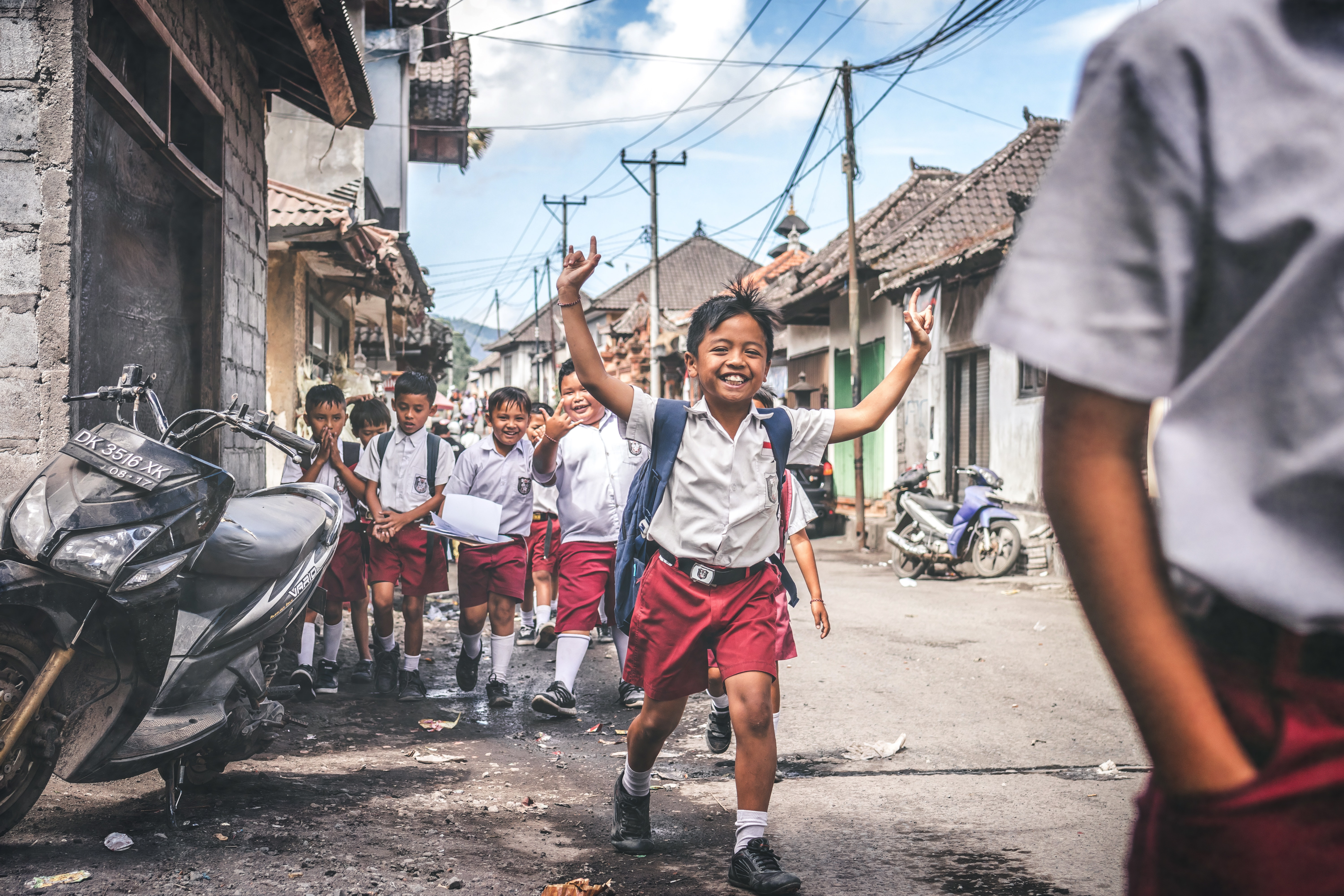
Tuition fee up to tertiary education is now free in public schools, state universities and colleges in the Philippines because of the Universal Access to Quality Tertiary Education Act enacted in 2017. However, there are not enough schools to encompass all of the students, so those who have the financial means to do so still attend private educational institutions.
Aside from tuition fee, there are also plenty of necessary expenses to sustain a student’s education. Items such as uniform, books, school projects, trainings, and other learning materials are not part of the basic school fees so parents need to shell out money for these.
Healthcare
Healthcare is a challenge in the Philippines. The country’s healthcare system is heavily dependent on private providers. It has been reported that 30% of Filipinos access private healthcare facilities since about 60% of it are privately owned.
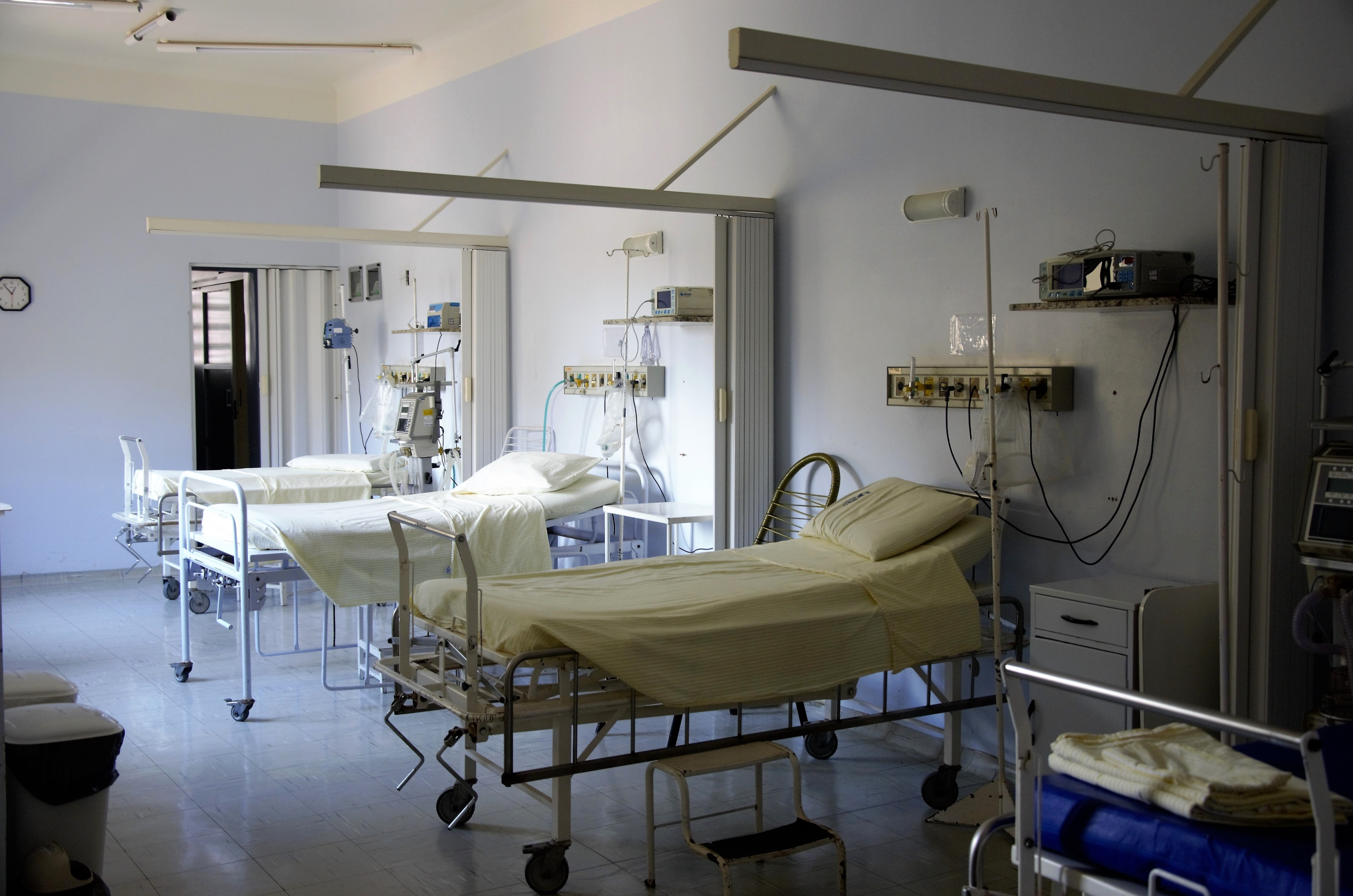
Public hospitals in the Philippines that offer decent care and diagnostic services are mostly situated in urban areas. Insurance is receiving increasing popularity among Filipinos, but for those who cannot afford it, public healthcare is being administered by a government-owned corporation called PhilHealth. This program subsidizes medical treatments like inpatient care and non-emergency surgeries and is open to legal citizens and residents in the country.
Housing
One of the basic necessities that take up a huge chunk of one’s monthly income is housing. Whether an individual is renting, buying, or maintaining a home, the bottomline is that housing is expensive.
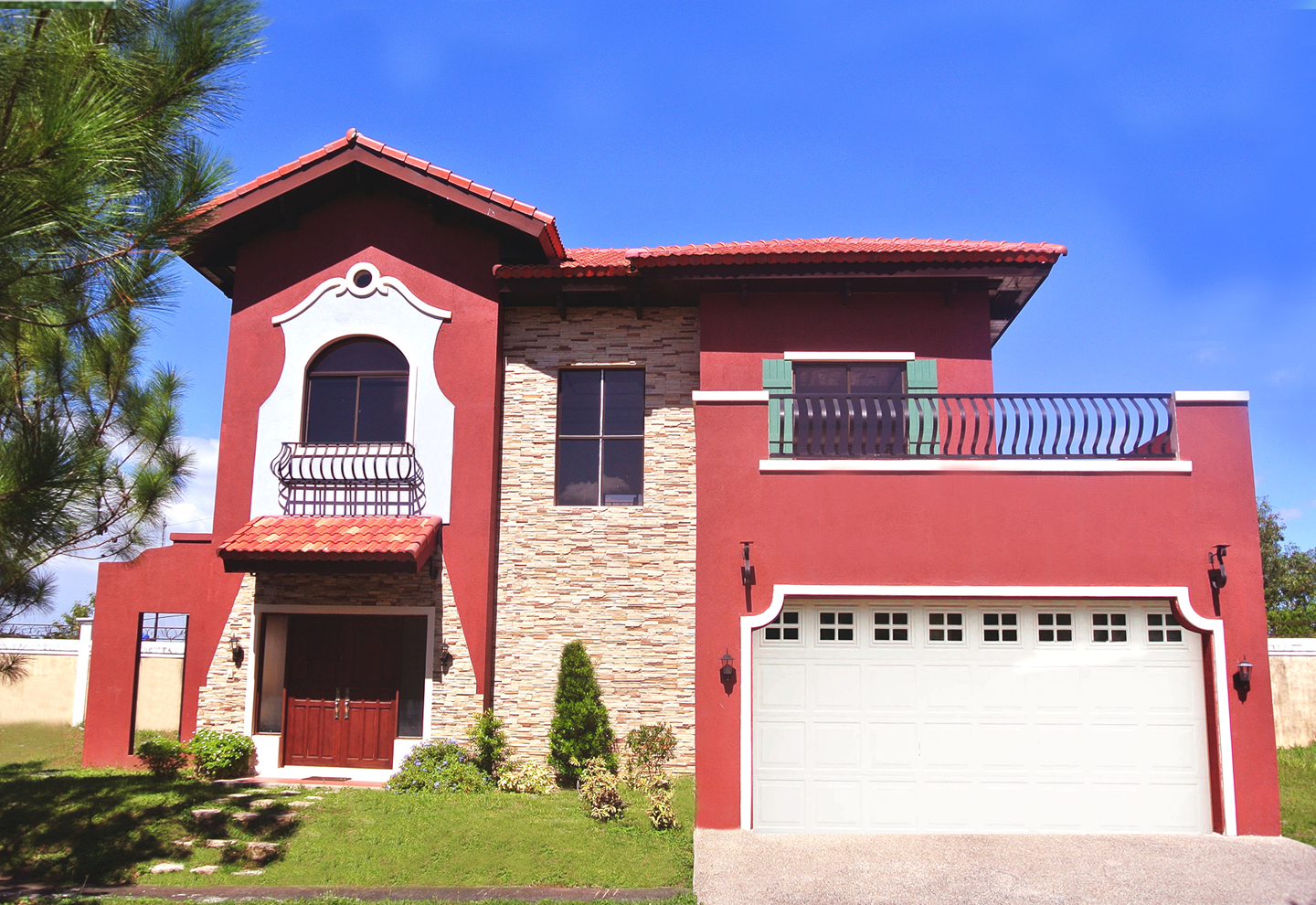
According to a report by Online Mortgage Advisor in 2021, Manila is the second least affordable housing market in Asia. It is also the third worst city for renting affordability in the region, taking up about 90 percent of the average monthly salary of a common laborer.
A Better Alternative: Living in Suburban Communities
The bottomline is, living in an urban city is more expensive than in rural areas. However, there is a need to have easy access to the metro because of the vast opportunities it offers. So, here is an alternative: suburban communities.

Why live in suburban communities? With the housing shortage and daily traffic congestion in the region, an urgent need for better housing has been created. This is why the development of nearby provinces around Metro Manila is happening at an increasing speed. There are also plenty of road infrastructure that lessen the travel time from Metro Manila to nearby provinces.
In conclusion, this is an opportunity for people who are considering purchasing a home to make an investment in real estate with a property that is significantly superior to those that are offered in the city for the same price.
What Brittany Offers
Brittany Corporation is known for developing luxury themed communities in stunning suburban locations such as Tagaytay, Santa Rosa, Alabang, and Sucat. Each of these communities is inspired by world-class travel destinations with amenities and features that complete the top-tier luxury living experience.
Aside from offering some of the most beautiful houses in the Philippines, Brittany Corporation also boasts of its extensive portfolio of luxury real estate properties for the affluent who are who are looking for lucrative real estate investments.
Tired of the city life? Be part of a Brittany community! Know more about the luxury homes and luxury condo offered by Brittany Corporation by sending a message to this link. You can also follow Brittany’s social media pages on LinkedIn, Facebook, Twitter, and Instagram to receive updates on their high-end real estate developments in the Philippines. These developments are of world-class quality.
Next Read: Why You Should Trading Stocks Today







